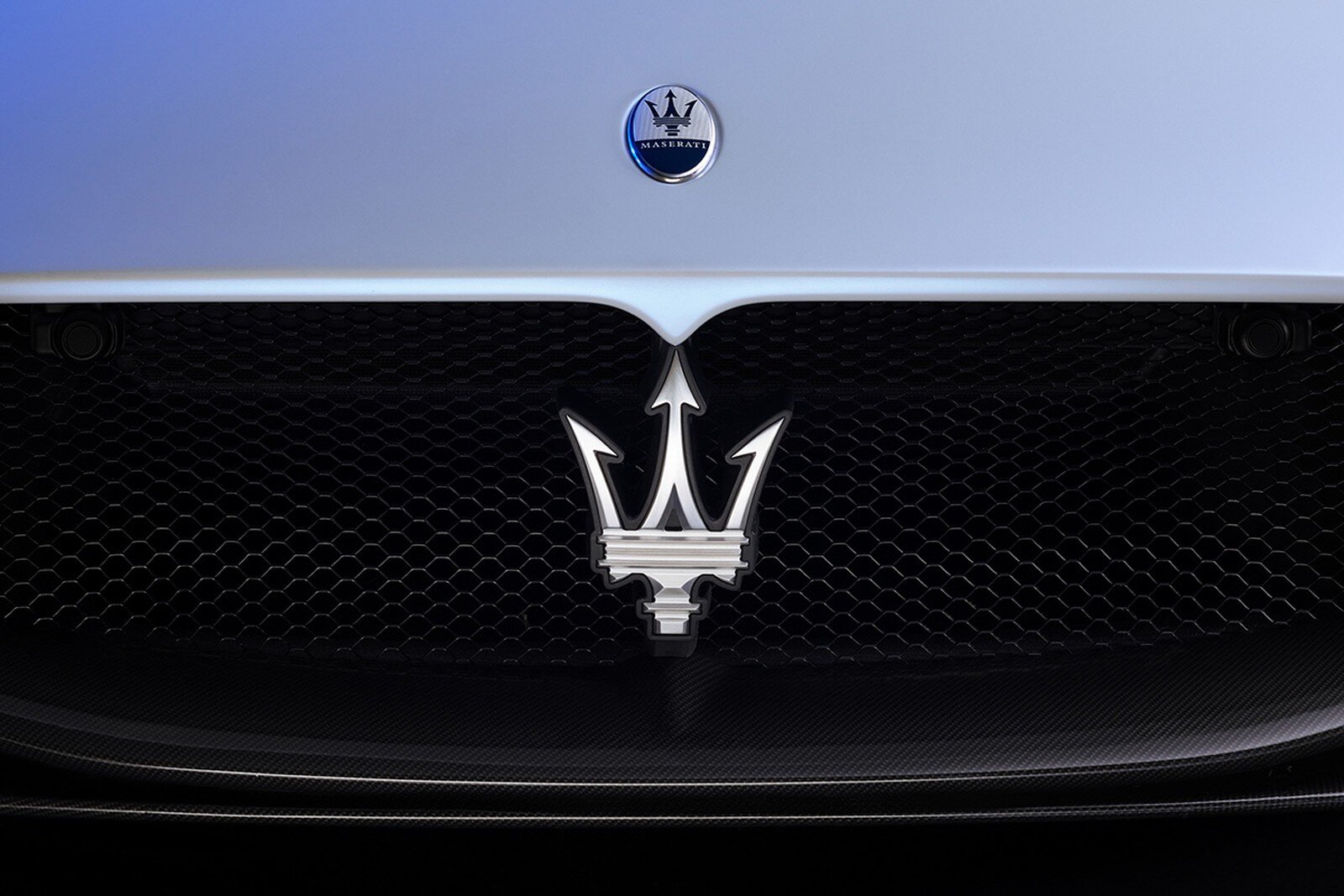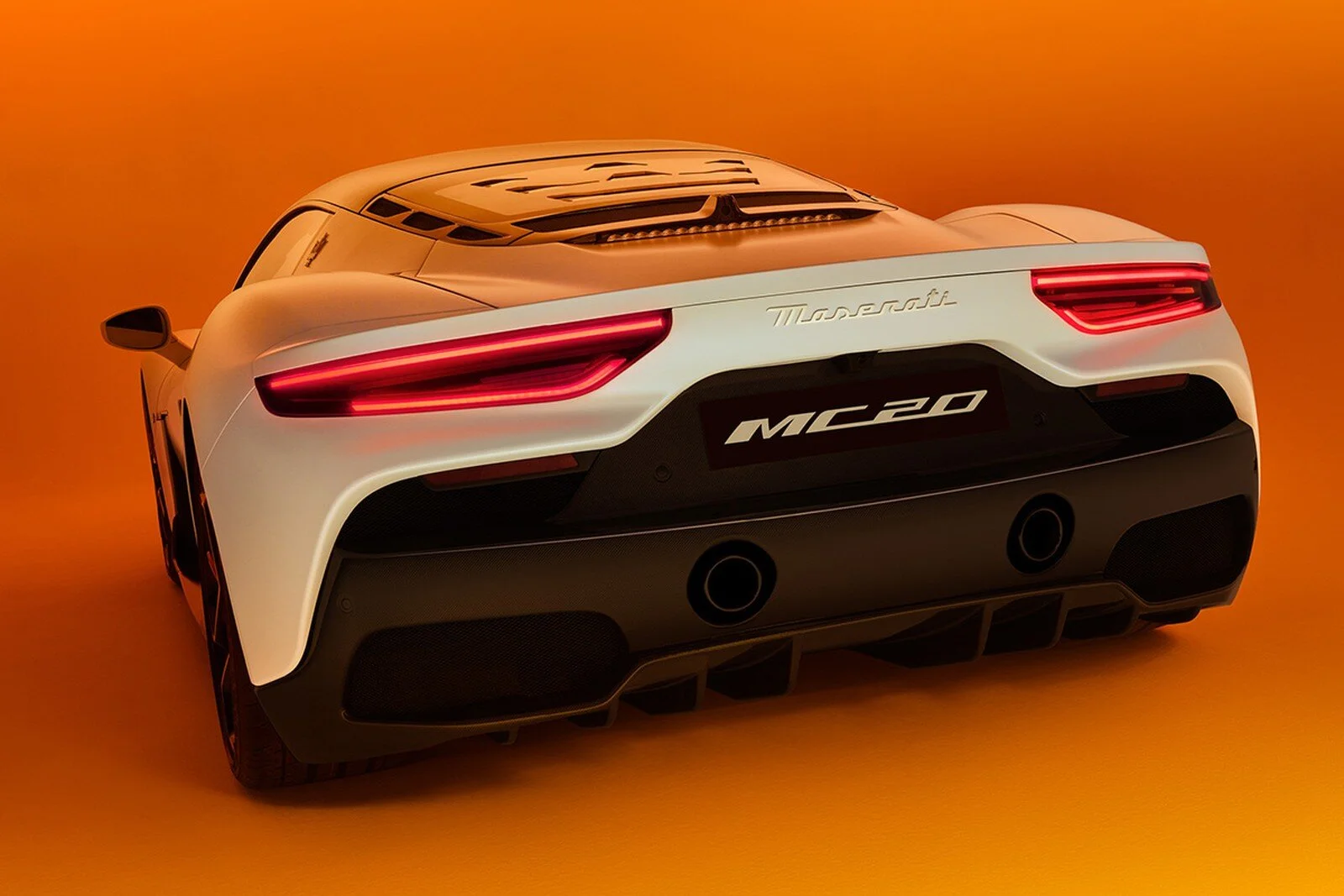The Story Behind Maserati's Trident Logo | Highsnobiety
Neptune's trident is a symbol of strength, vitality, courage, and command of the seas, and it has been for millennia. But the ancient Roman deity had interests besides the whole Aquaman thing, as indicated by his other name, Neptunus Equester, the god of horses and patron of racing. With that kind of pedigree, it's no wonder why the mythic three-pronged spear instantly conjures a certain image of automotive excellence in the eyes of car enthusiasts around the world: Maserati.
The Italian automaker has been in the game for more than a century, crafting elegant, high-octane race cars and luxury vehicles that are emblematic of quality, power, and prestige, not to mention unparalleled performance and style. Every step along the way, Maserati’s legion of god-tier, head-turning automobiles—from the iconic Quattroporte to the recently unveiled MC20—has proudly repped their signature trident logo.
So, how exactly did Neptune’s weapon of choice become synonymous with motoring excellence? It all goes back to Maserati’s hometown of Bologna, Italy.
But first, a little background. The Maserati story is one of near-mythic proportions at this point, and it goes like this: three brothers — Alfieri, Ettore, and Ernesto Maserati — started out by manufacturing spark plugs in 1914 but parlayed their mutual passion for engineering and motorsports into crafting bespoke race cars that quite literally changed the game. By 1926, they had created their first original design, the Tipo 26, which bore the Maserati name and a newly minted chrome logo on its hood. During its remarkable debut run, the Tipo 26 won its Grand Prix class in the grueling Targa Florio, and the rest is history.
The trident emblem was designed by another Maserati brother, Mario, whose passions leaned more toward the arts rather than engines. Inspiration struck thanks to the Late Renaissance-era Fountain of Neptune in Bologna's Piazza Maggiore, a city landmark that stood for strength and vigor. The logo has changed very little over the last 105 years of the brand’s existence, a testament to the power of the trident's symbolism and an apt banner considering Maserati’s ability to part a sea of rivals and brazenly stand out in an intensely competitive market.

